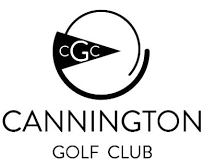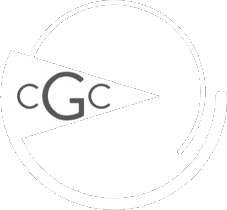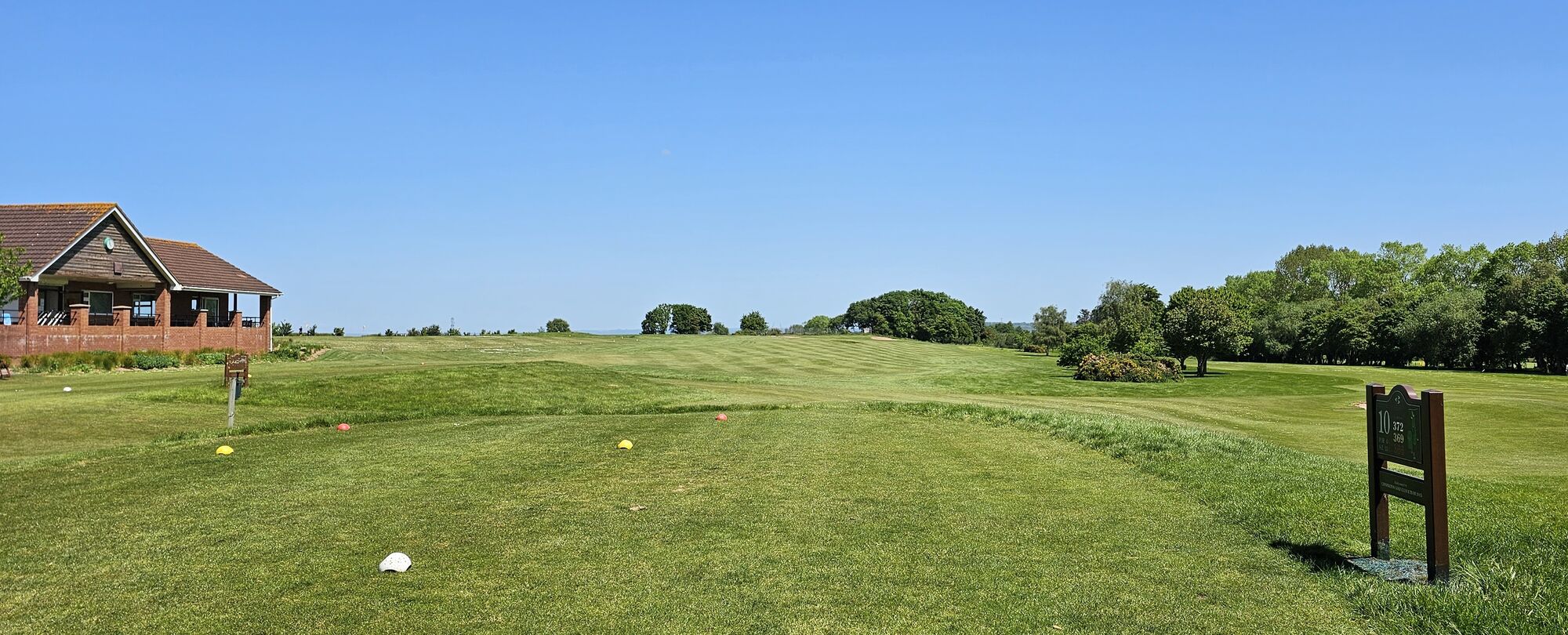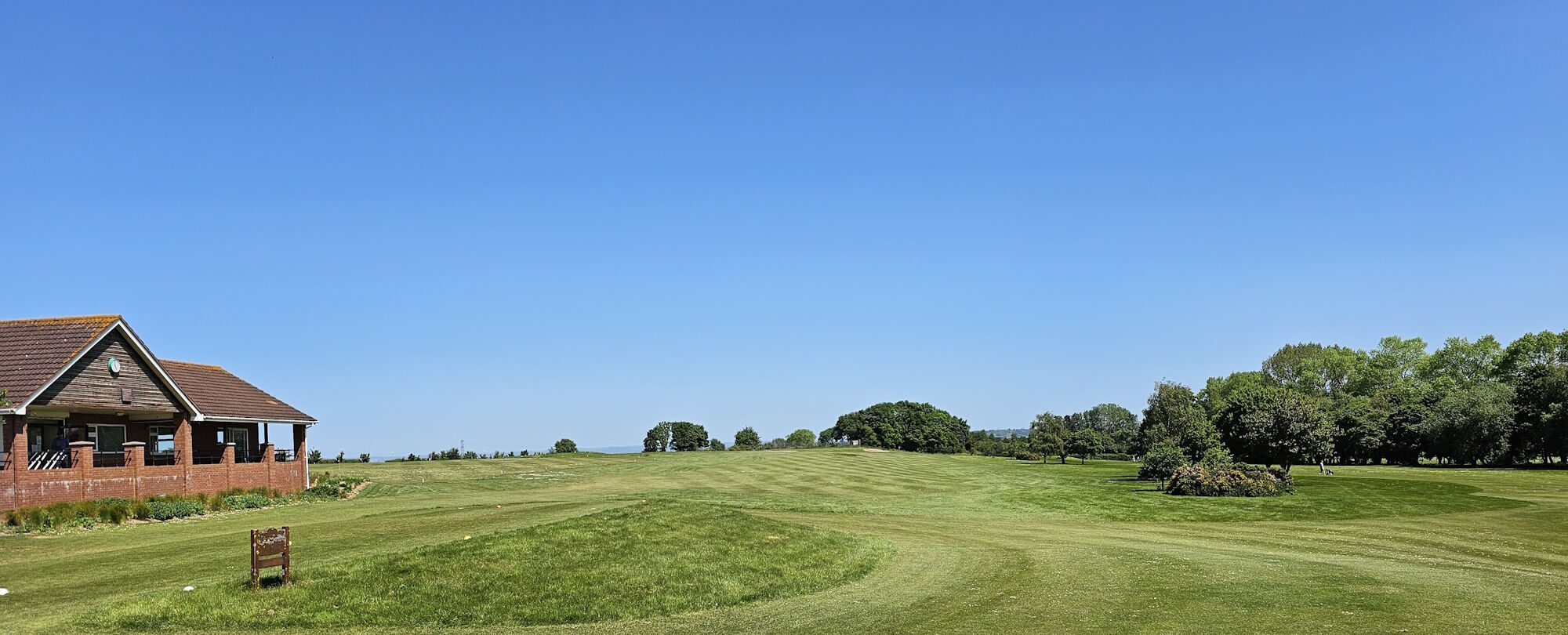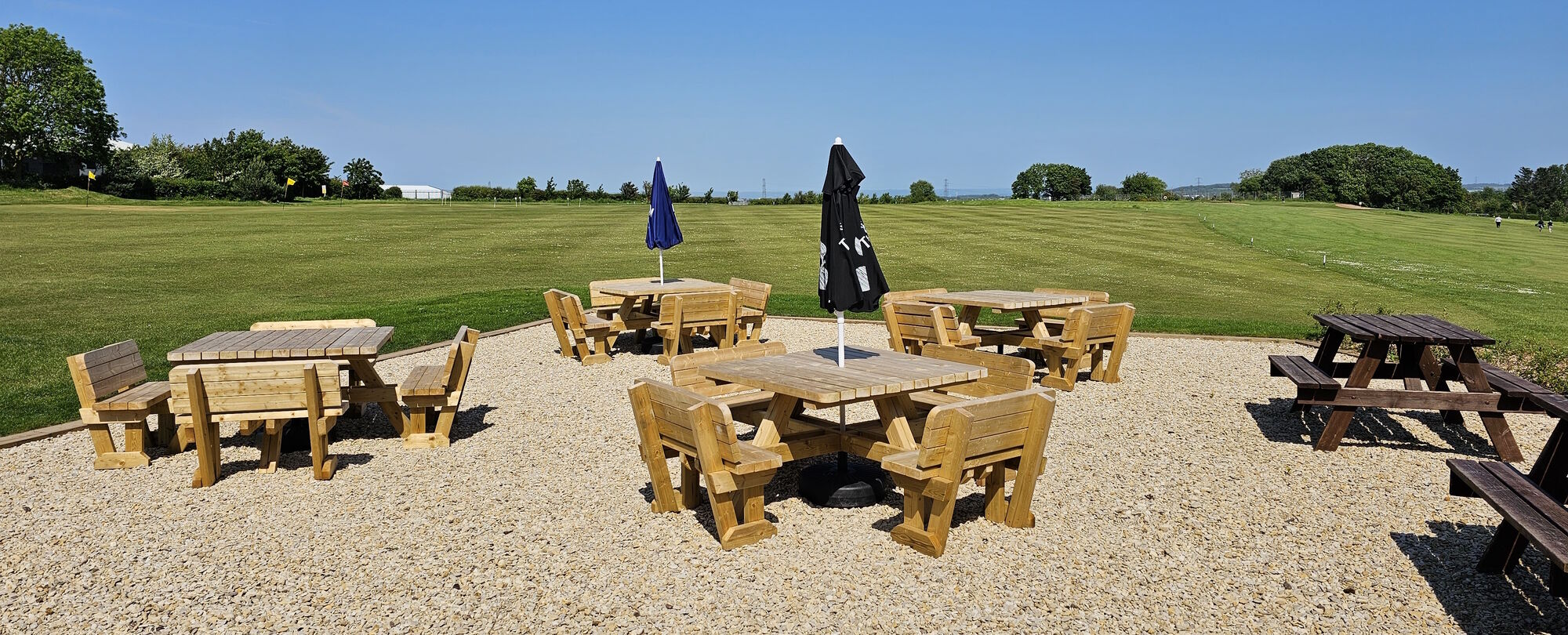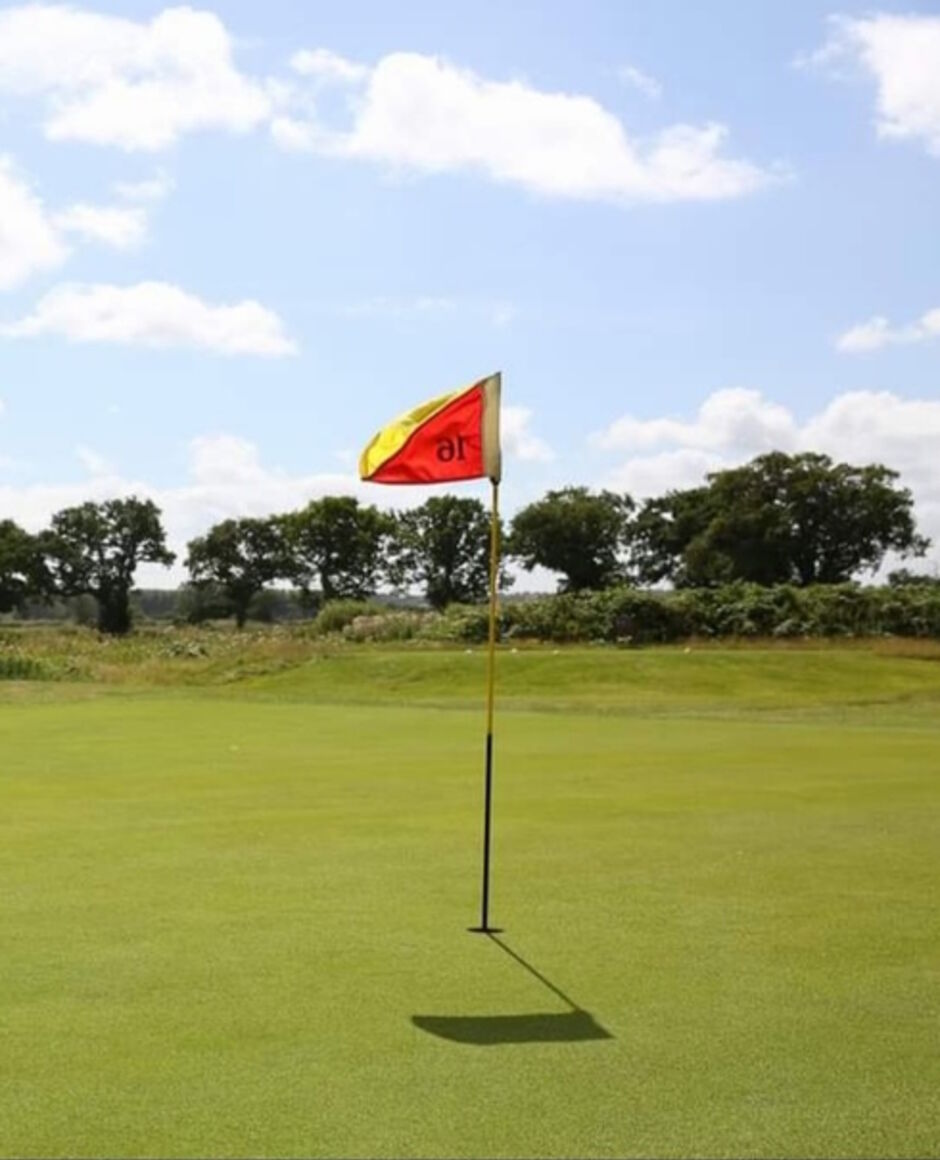Course Status
Wednesday 24 December. Course open. Trolleys allowed with winter wheels only. Weather: dry day. Driving range opens at 10 Updated: 24th Dec 2025
Technique Advice
Golf Swing
A great challenge with learning the golf swing (particularly if you are a cricketer), is the rotational action of the golf swing from an inclined position. As opposed to the tilting and rocking action of the cricket stroke (and when the ball can come at you at speeds over 90mph), in golf there is no ball energy to help you. A good drill to make sure you adopt the rotational action of golf, is to swing as if you were a baseball batter, as you will get used to this gradual bend from the hips until the club is swinging over the top of the ground.
The golf swing is a simple turn of the body away from the target and an upward swing of the arms, followed by a return of the body towards the target and a downward swing of the arms. This is quite simple; becoming overly complicated can cause confusion, so keep your concept as simple as you can.
Your concept of how the golf swing works will have a major influence on how you swing the club. If your concept is not good you will have difficulty in having a consistent swing.
Follow this simple routine and develop a better shot making swing. Aim the clubface at your target. Bring your feet together in a parallel position to the club face on the ball target line. Hold your arms out in front of you at waist height, bend from the hips and allow your arms to hang freely, settling the club face behind the ball again, looking at the target. You should now be the correct distance away from the ball in relation to the club you are using. A final check would be to have your upper arms resting gently against your body. If you are using an iron, take a small step to the left with your left foot and a bigger step to the right with your right foot. Certainly your feet should be no wider than your shoulders. When using a wood, leave out the small step to the left with your left foot.
Grip
What part of the swing has the greatest influence on the club face? The answer is the grip. You never see a good player with a bad grip and never see a bad player with a good grip. There are a number of variations to the grip and as a general rule the more you turn your hands to the right, the stronger the grip and the more the club face will tend to close at impact. The more you turn your hands to the left, the weaker your grip becomes and the face is likely to be open at impact. Settling on the correct grip for you is the base from which to build your golf swing.
Aim
During recent coaching sessions there has been much confusion in how to aim a golf shot. Many believe you aim the body and feet directly at the target and then you place the club down behind the ball. This means your club face is aiming from the ball end of the shot about a yard to the right of the target which leads to that inevitable out to in club path at impact. To avoid this it is important you aim the club face first on the ball target line and set your feet and body parallel to the ball target line. You are now ready to swing the club from inside the target line, along it and back inside again through impact.
Ball Flight
Get to know your ball flight and really get to grips with your game. The direction the ball goes in is dependent on the angle of the club-face at impact. There are only three positions it can arrive at impact in - open, closed or preferably square. Can you match the ball flight to these club face positions? If you can, you are on the way to understanding your game.
Golf Clubs
One area which is often overlooked is the golf clubs themselves. Prop one up against a wall so the sole of the club is flat on the ground. If you have done this correctly the handle would be on a vertical line 'in front of the face' - this gives you a clue on how it should arrive at impact - the handle should be in front of the face. To get the ball airborne you have to hit down and through the ball without any attempt to 'scoop' the ball in the air. Pre-set the clubface to the ball in this way and the loft on the clubface will do the rest.
Ron Macrow
Fellow of the Professional Golfers' Association
